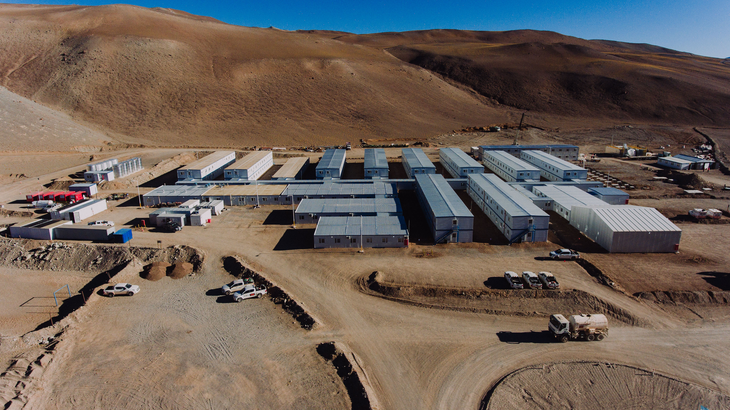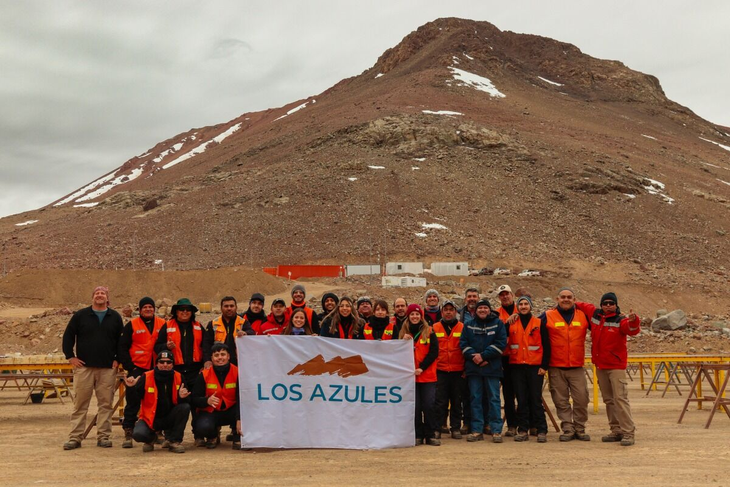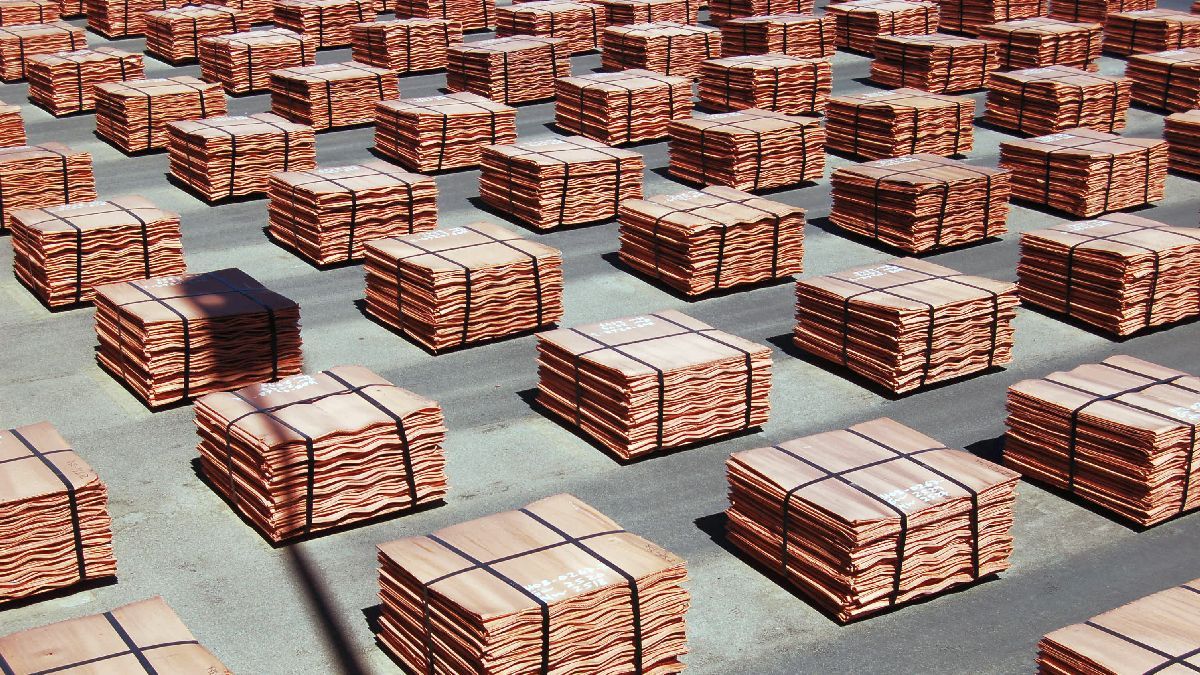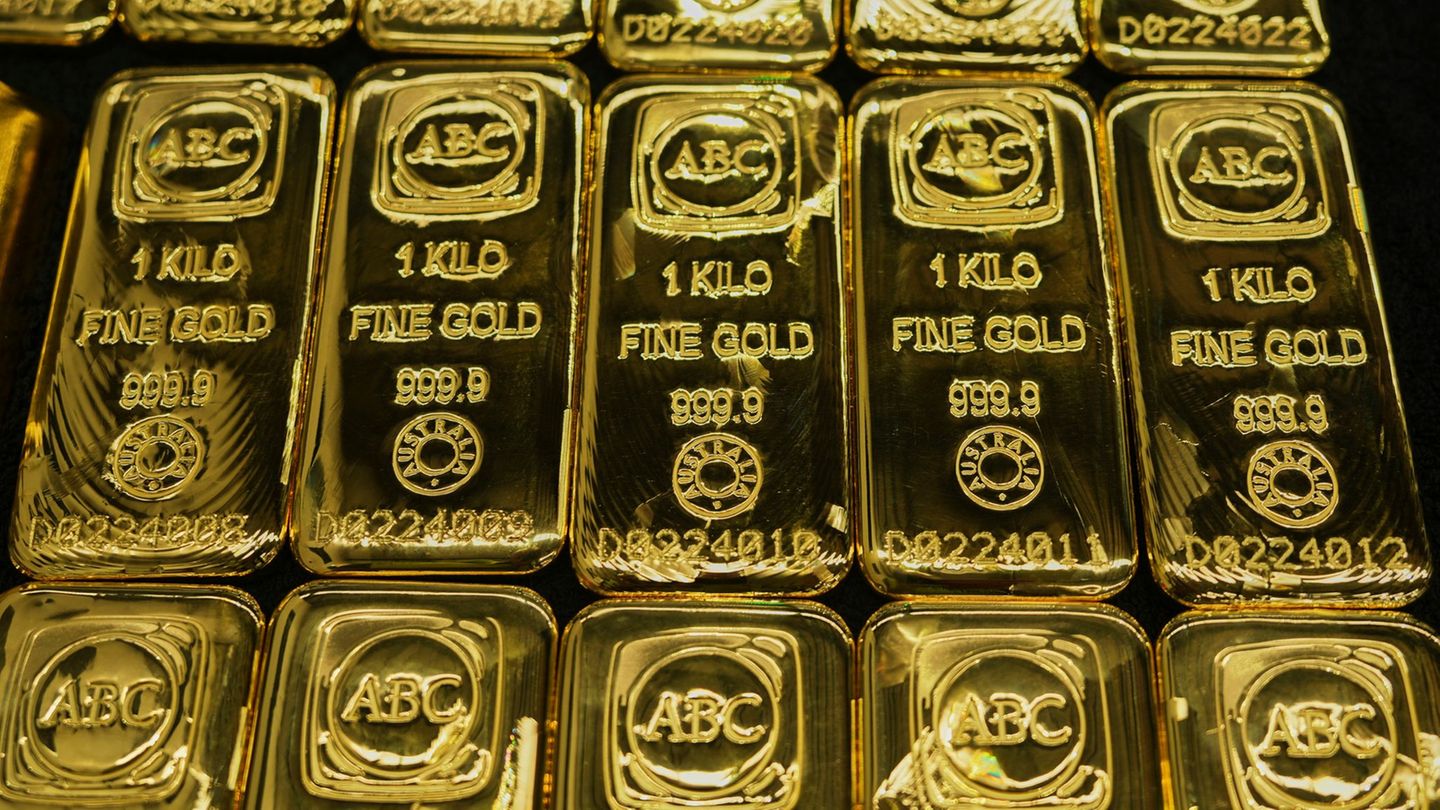The real aggregate production of the main copper mines in the world increased by 4.5% in the first half of 2024, as a result of the recovery of reduced production in the first half of 2023 (e.g. Grasberg and Escondida) and increased capacity (e.g. Tenke and QB2).
However, it was also highlighted during the meeting that additional production from some new smaller mines is also contributing to global production.
Next year, growth is expected to be higher (3.5%) and global production will benefit mainly from a further increase in capacity in the mines of the Democratic Republic of the Congo (including Kamoa-Kakula) and Mongolia (Oyu Tolgoi underground mine). Furthermore, the implementation of the Malmyzhskoye mine in Russia.
To these new projects we must add a series of expansions and the opening of some medium and small mines will also increase production.
What is expected for refined copper?
Regarding the world production of refined copper It is expected to increase around 4.2% in 2024 and 1.6% in 2025.
For this year, it is expected that the world production of refined copper recover from a series of maintenance outages, accidents and operational problems that occurred in 2023 in several major producing countries, including Chile, Japan, India, Indonesia and the United States.
At the same time, additional production from new and commissioning plants in Congo (electrowinning) and China (electrolytics), as well as a further increase in secondary refined production (from scrap), are contributing to growth.
Copper roll 1200×675.jpg
By 2025, although production will benefit from the continued expansion of Chinese electrolytic capacity and the start-up of new smelters/refineries in Indonesia and India, the increase in primary electrolytic refined production be limited by the restricted availability of concentrates.
However, it is expected that the production by electrowinning increases by 2.5% and secondary refined production (from scrap) by 6%, benefiting from expanded capacity.
The apparent global use of refined copper increase around 2.2% in 2024 and 2.7% in 2025. Along these lines, it was reported that Chinese use is also expected to grow around 2% in 2024 and 1.8% in 2025.
Copper is essential for economic activity and for modern technological society. Additionally, infrastructure advances in major countries and the global trend toward cleaner energy and electric cars will continue to support copper demand in the long term.
What are the projections for refined copper?
Despite the forecasts made, the balances of the world market – clarified by the ICSG – may vary from those projected due to numerous factors that could alter the projections of both production and use.
The ICSG balances using an apparent demand calculation for China that does not consider changes in unreported stocks (State Reserve Bureau (SRB), producer, consumer, trader/trader, bonded) that may be significant during the reporting periods. storage or shortages and that can markedly alter the global supply and demand balances.
The ICSG expects a surplus of approximately 469,000 tons by 2024compared to the surplus of approximately 162,000 tonnes forecast last April. The difference is mainly due to higher than anticipated refined copper production. A surplus of approximately 194,000 tons by 2025.
The next meetings of the International Copper Study Group will be held in Lisbon in April 2025.
What is the situation of copper in Argentina?
Since 2018, with the closure of Minera Alumbrera in Argentina in Catamarca, it has no longer produced copper. This situation could be reversed in the coming years if any of the eight projects that are preparing for production are launched.
Of these eight projects, five are located in the province of San Juan:
Josemaría and Filo del Sol
Lundin Mining and BHP formed a 50/50 joint venture to own the project Edge of the Sun and the project Josemaría. The Australian BHP will pay to Lundin Mining a cash consideration of US$690 million for the contribution of the Canadian firm to the copper project.
The joint venture will create a long-term partnership between Lundin Mining and BHP to co-develop an emerging copper district with world-class potential that could support a world-class mining complex. The Vicuña District.
Josemaría is the only one who started the construction stage. The site is located in the extreme northwest of San Juan, in the department of Iglesia, 475 km from the capital city and 10 km from the border with Chile.
Josemaría copper San Juan Mining

The project proposes conventional open-pit mining at more than 4,000 meters high and processing of the mineral through crushing and grinding, flotation and filtration of the copper concentrate, in an economically viable and responsible manner with the care of people, the environment and host communities.
Josemaria’s technical report describes a 19-year mine that will yield an average annual production of 136,000 tons of copper, 231,000 ounces of gold and 1.16 million ounces of silver.
Filo del Sol is a high-sulphidation copper-gold-silver epithermal deposit associated with a large copper-gold porphyry system located in the Frontal Andes Mountains, within the Vicuña district, a region that is home to copper projects. world class. which has a cost of US$1,266 million.
El Pachón
The site is located in the Calingasta department, 159 km from the town of Barreal and 363 km from the city of San Juan.
Pachón is in the feasibility stage, with an initial investment of US$4.5 billion. The Glencore company has invested $134 million since October 2019.
The Project consists of the development of an open pit mine to extract copper and molybdenum, and process it by flotation.
The Altar
It is one of the largest copper and gold projects in the country. It is located in the Caligastine mountain range and is in advanced exploration, requiring about US$3,000 million of investment. It is estimated to have about 1.2 billion tons of copper.
The Blues
The Blues It ranks eighth among the largest unexploited copper deposits in the world. It is located in the Calingasta department in San Juan, on the front mountain range in the Cordón de The Blues. McEwen Copper has invested US$300 million in the projectwith 17 million tons of resources located.
The company presented the Environmental Impact Statement of the project The Blues last year. The goal is to start producing in 2029. To do so, they hope to obtain the environmental permit for construction and operation during the fourth quarter of this year.
Los Azules San Juan Copper Project

In principle, have activity by the end of the first quarter or beginning of the second of 2025, with the construction of the power line and the road starting in 2026 and massive construction starting in 2028.
Days later, YPF Luz and McEwen Copper signed a new agreement to ensure the energy supply of Los Azules with clean energy.
In Catamarca, Minera Agua Rica Alumbrera (MARA)
He MARA Project was first formed through the integration of the existing plant and infrastructure at the Bajo la Alumbrera mine and the Agua Rica project.
Now, this project is in the pre-feasibility stage and with a planned investment of US$3.1 billion, although sources consulted assure that it is in standby.
mara project.jpg

MARA
MARA, located in the province of Catamarca, has proven and probable mineral reserves of 5.4 million tons of copper and 7.4 million ounces of gold contained in 1,105 million tons of ore. It has a useful life of 27 years based on mineral reserves backed by more than 86 km of drilling.
In Mendoza, the San Jorge project
San Jorge is located in the town of Uspallata, north of the province of Mendoza. The project has already completed its exploration stage and is only waiting for the approval of the Environmental Impact Statement (DIA).
The operation is facilitated by its size (105 km2), accessibility and the infrastructure works necessary for the treatment of the rock. One possibility is to take it by train to San Juan. Copper reserves would exceed 300,000 tons.
The project is in the pre-feasibility stage – with an initial investment of US$370 million,
In Salta, the Taca Taca project
With an estimated investment of more than US$3.5 billionhe Taca Taca Project It covers 2,500 hectares in the Department of Los Andes and is estimated to generate more than 4,000 indirect jobs during its construction phase and 2,800 direct jobs in its operational phase.
He Incentive Regime for Large Investments (RIGI) It is the key engine to promote Taca Taca, facilitating investments and enabling the development of essential infrastructure for its execution.
The company is advancing in the air, electrical and road logistics infrastructure, as well as negotiations with Ferrocarril de Antofagasta a Bolivia (FCAB), Ferrocarril del Pacífico (Fepasa), Belgrano Cargas and Empresa de Transporte Ferroviario SA (Ferronor) for export through from the Port of Mejillones.
Today, The Salta project in charge of First Quantum is in a preliminary economic studyalthough its discovery dates back to the 1960s. Its execution is scheduled for 2025.
The copper numbers for Argentina
From the Argentine Chamber of Mining Companies (CAEM) Optimism for the future is great, and according to the projections made on the most advanced copper projects in Argentina, they would generate investments for US$20,000 millionexports for almost US$9 billion a yeara trade balance of almost US$7 billion and more than 40,000 new jobs.
Source: Ambito




